Study faults US military on civilian casualties; Pentagon plans review
A study shows that the US military has "considerable weaknesses" and inconsistencies in its review of allegations of civilian casualties.
The US military has come under intense scrutiny over its procedures to guard against civilian casualties after a high-profile, mistaken drone strike in Kabul, Afghanistan, that claimed the lives of 10 civilians, including seven children on Aug. 29.
The US military botched the targeting, and what’s more, in the strike's initial aftermath, the Pentagon's assessment concluded that it killed Daesh militants preparing a bombing attack against American troops.
The latest study by the RAND Corporation think-tank concluded that systemic weaknesses at the Department of Defense (DoD) were resulting in it falling short of its duties on civilian casualties.
"DoD is not adequately organized, trained, or equipped to fulfill its current responsibilities for addressing civilian harm," concluded the study which was released on Thursday.
In conflicts, the US military’s access to targeted areas is limited both before and after strikes, and it relies on intelligence gathered remotely using sources like drone surveillance and satellite imagery.
The RAND study, which was required by congressional legislation, found that the problem is compounded by the US military when it fails to adequately talk to people from outside the US government or armed forces who might have access to information on the ground.
However, a 2018 Joint Staff review found that 58% of civilian casualties identified between 2015 and 2017 came from external sources, RAND said.
"We found that DoD's current approach to assessing, investigating, and responding to civilian harm has considerable weaknesses in key areas and is inconsistent across theaters," the report found.
The report also noted that junior personnel "who do not receive formal training" often investigate civilian casualties.
After the study was released, Defense Secretary Lloyd Austin issued a memorandum calling for the creation of a plan on civilian harm "mitigation and response" in the months to come as well as the creation of civilian protection center of excellence later this year.
Speaking to reporters on Austin's decision, a senior US defense official said incorporating information from sources outside the US government and US military would be key to the reforms.
"We tend to rely heavily on what is in our own data findings, and I think we need to build a system and also an expectation that other sources of information ... are built into this and have credibility," the official said.
"That's not something that we do consistently well, and that's something that we intend to change."
VIDEO | Press TV's news headlines
Iran FM advises adversaries not to repeat past mistakes
VIDEO | The state of conflict in Ukraine
Venezuela protests to UN Security Council over US seizure of oil tanker
Iran reports sharp rise in household gas demand
OIC chief pledges support for Iran, hails Tehran's role in Islamic solidarity
BBC to fight $10bn Trump lawsuit over Panorama speech edit
Israeli prison chief warns of escalation as Palestinians suffer in detention


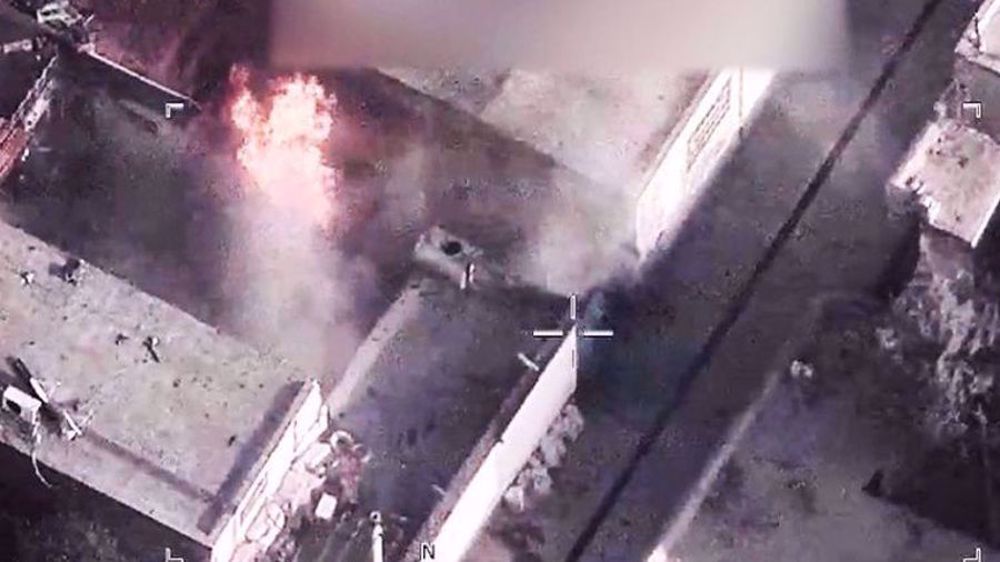
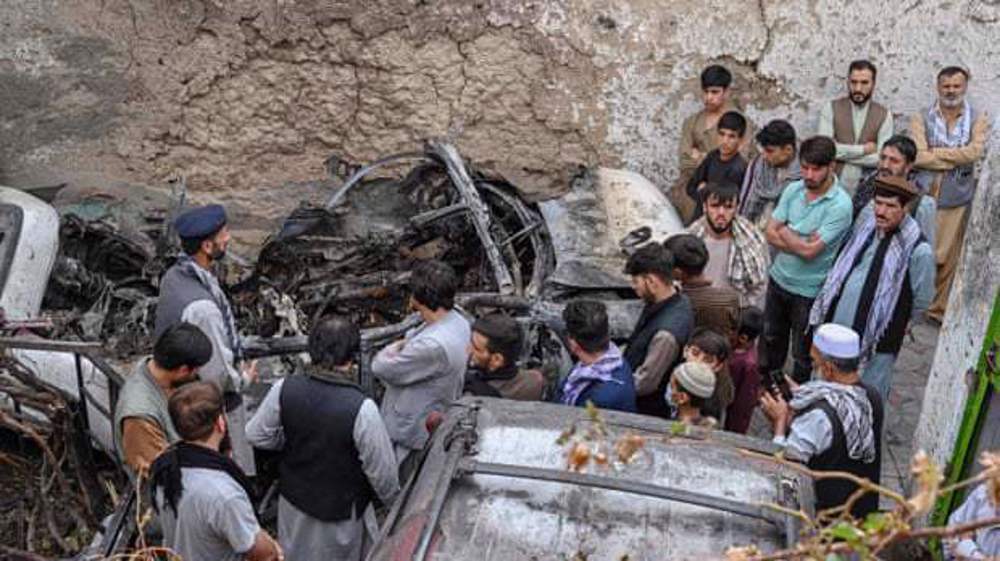

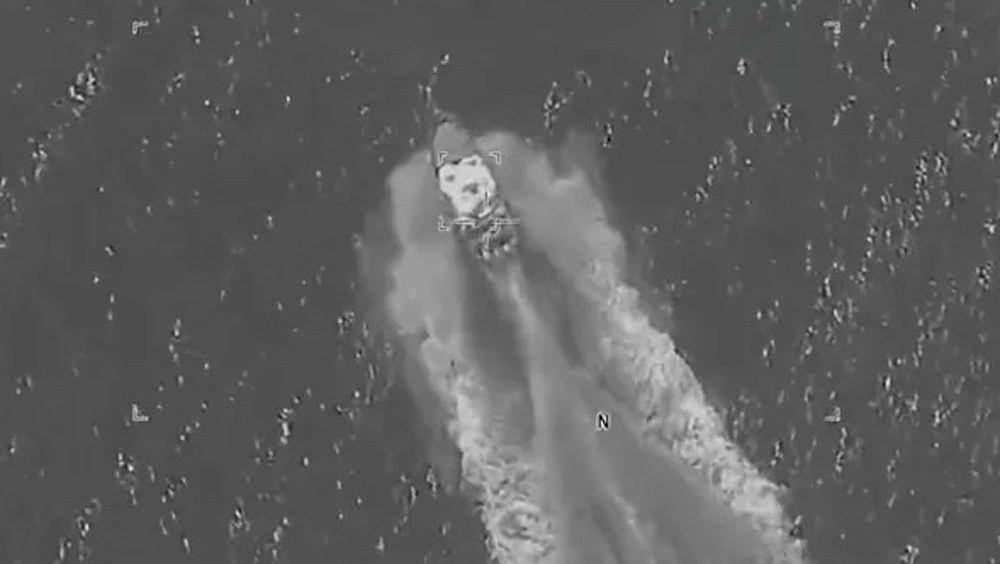





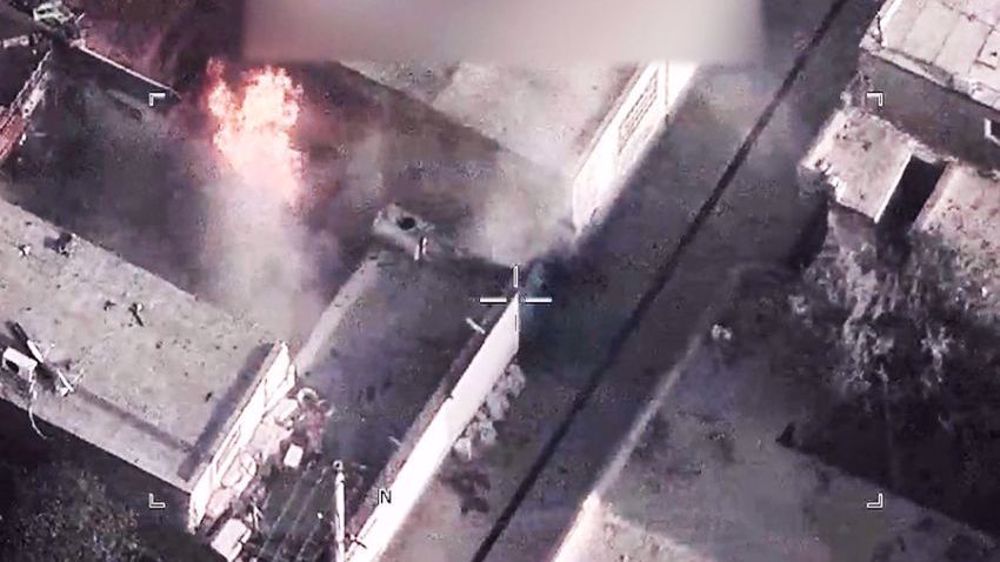
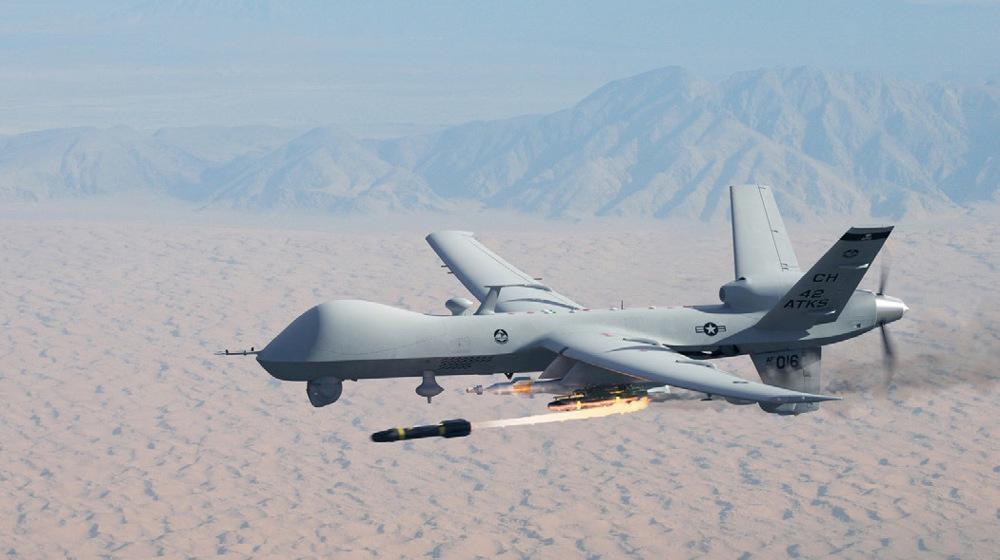

 This makes it easy to access the Press TV website
This makes it easy to access the Press TV website